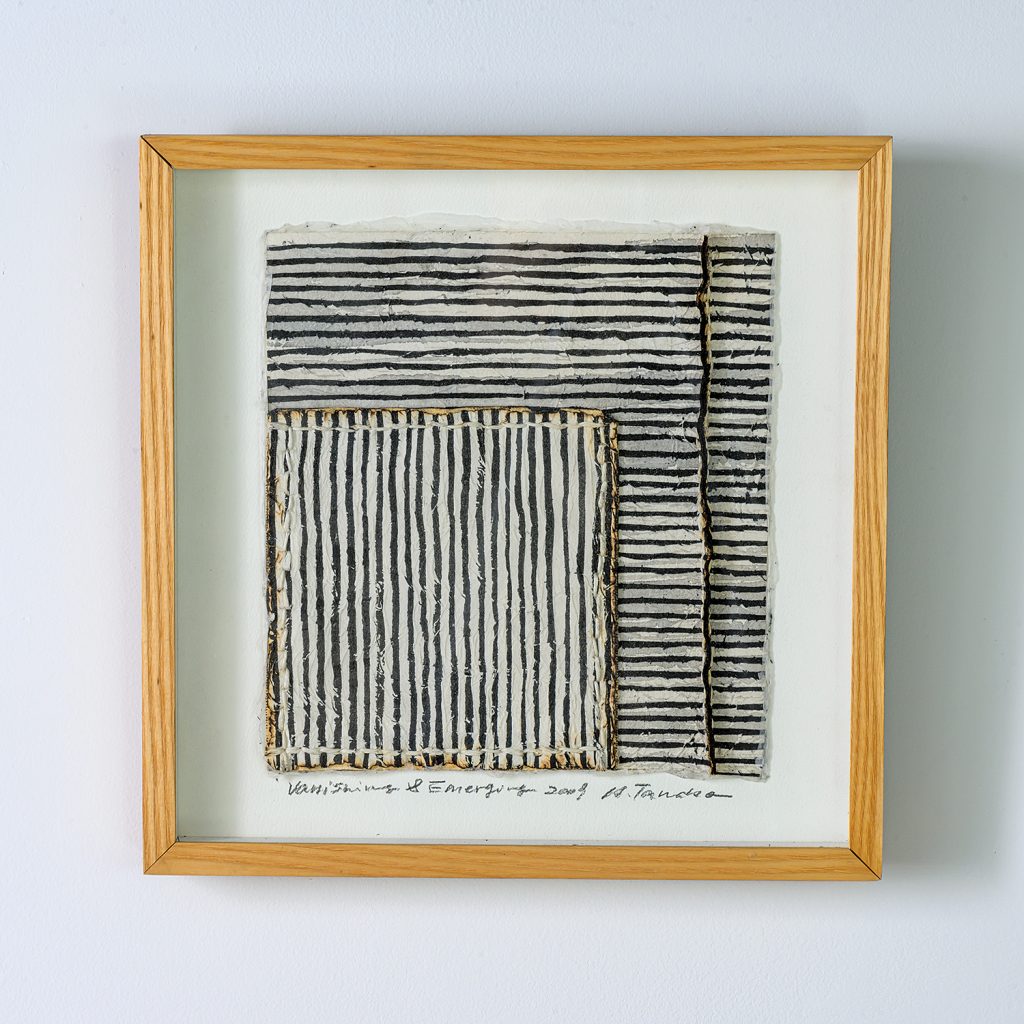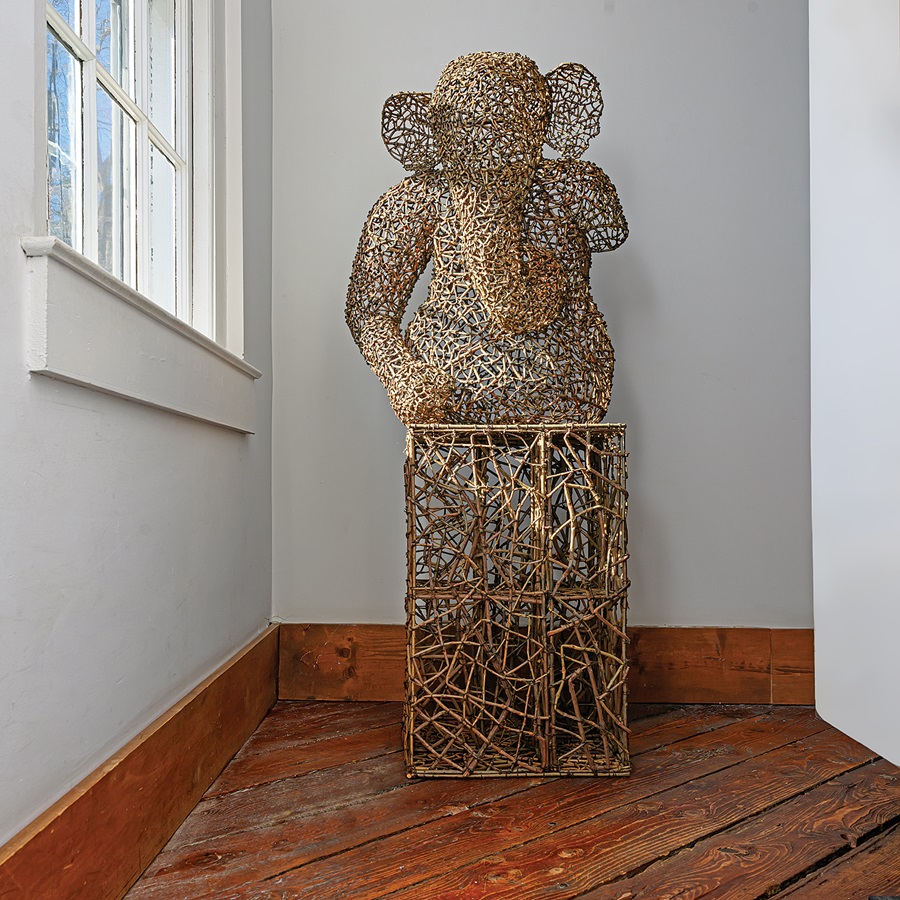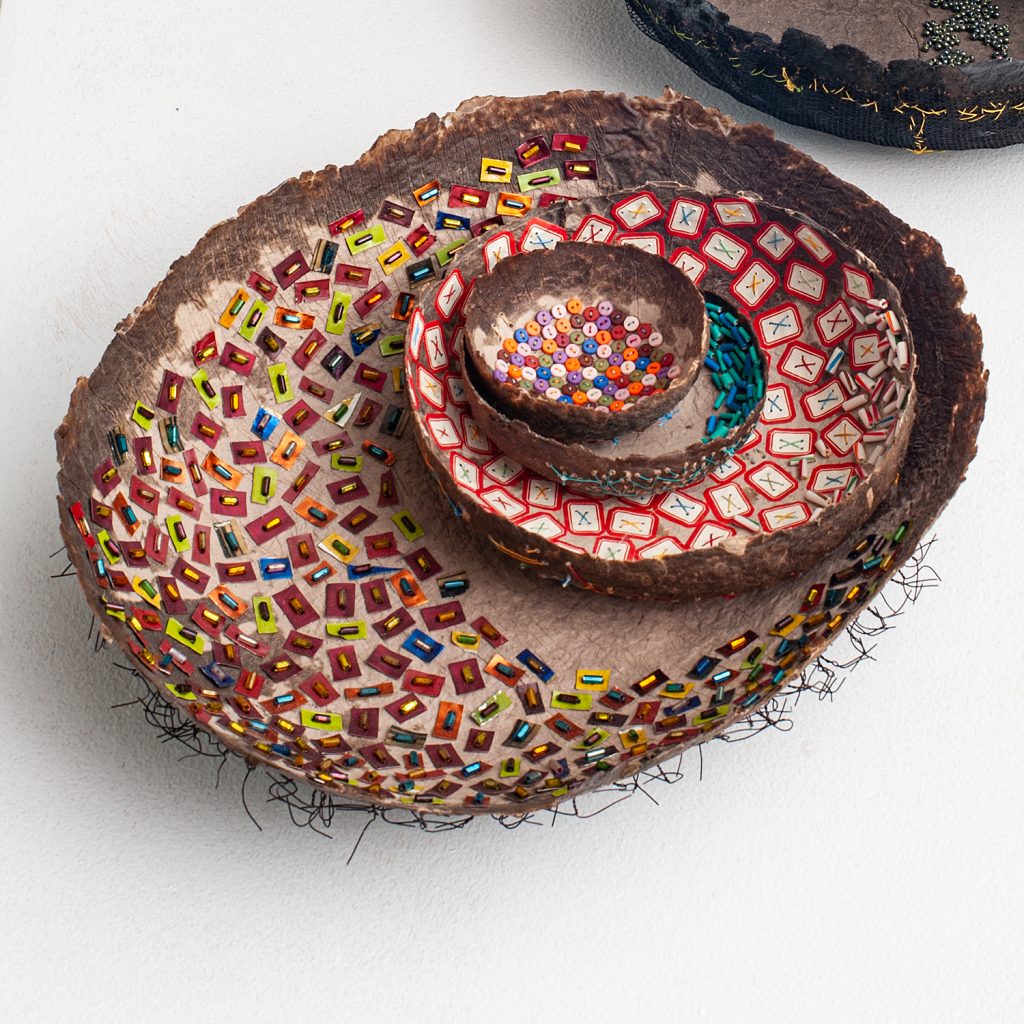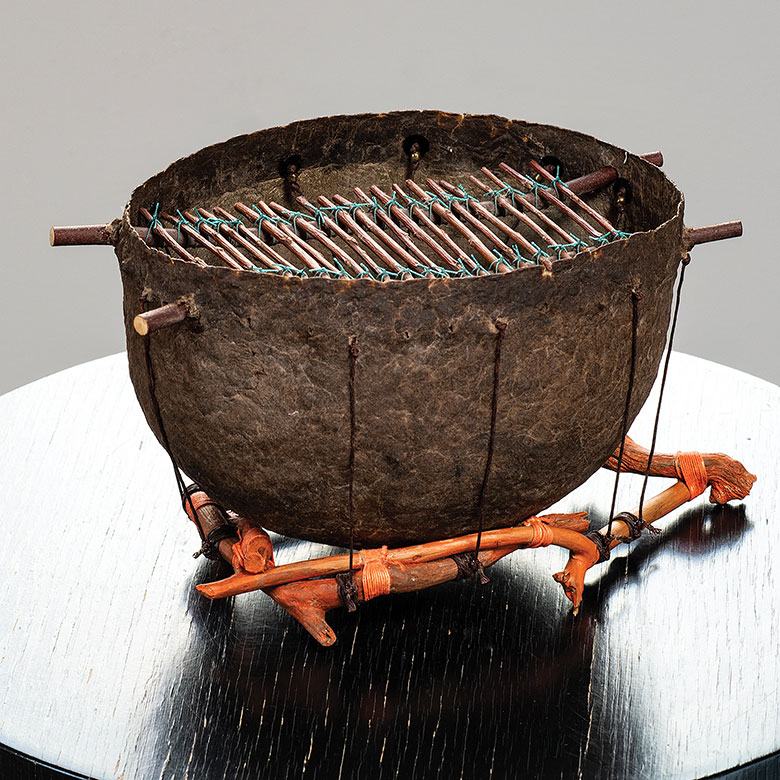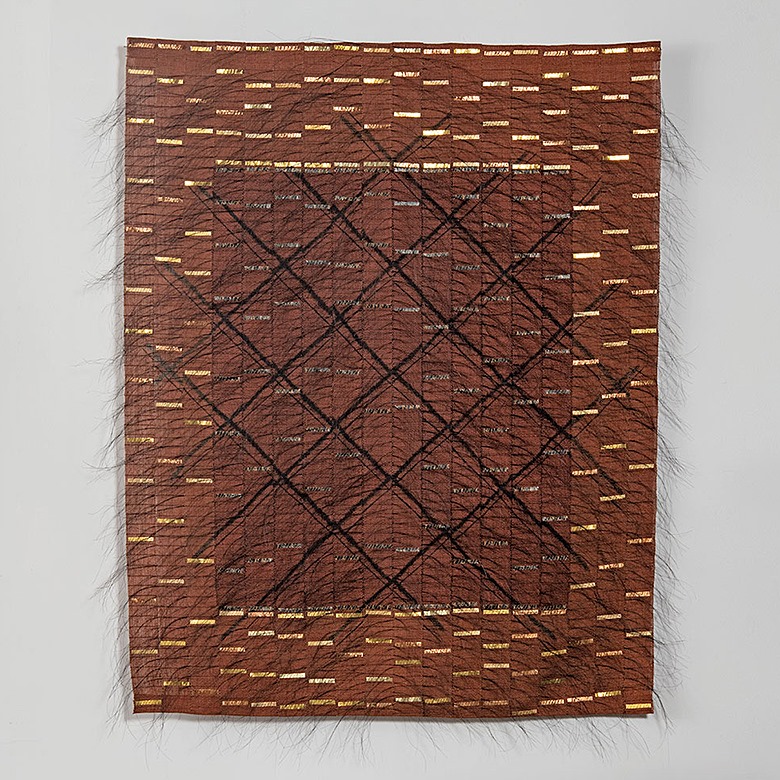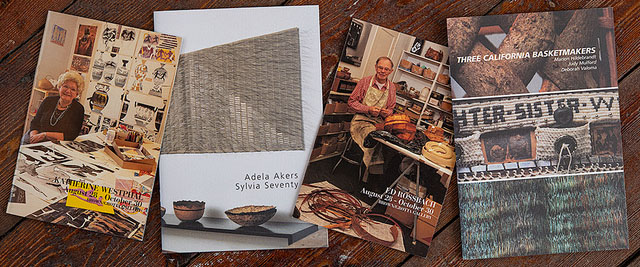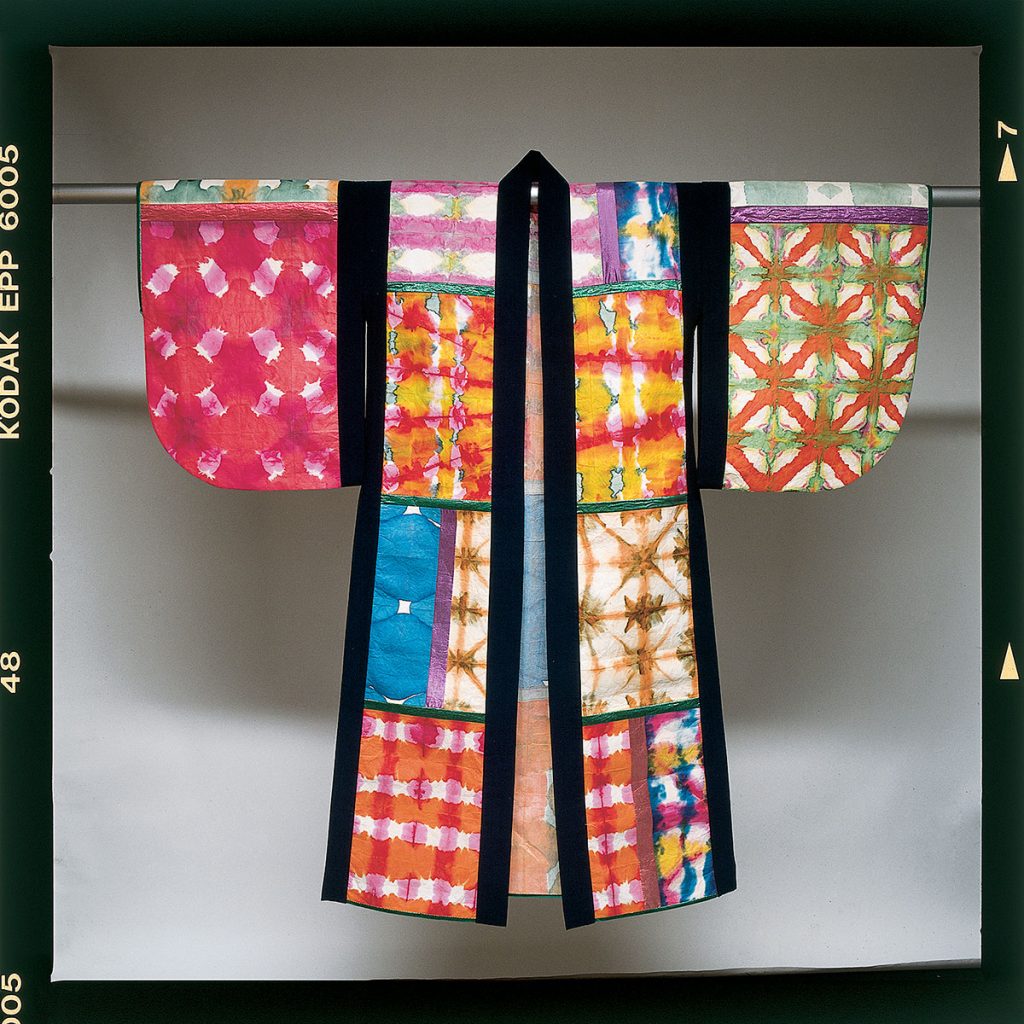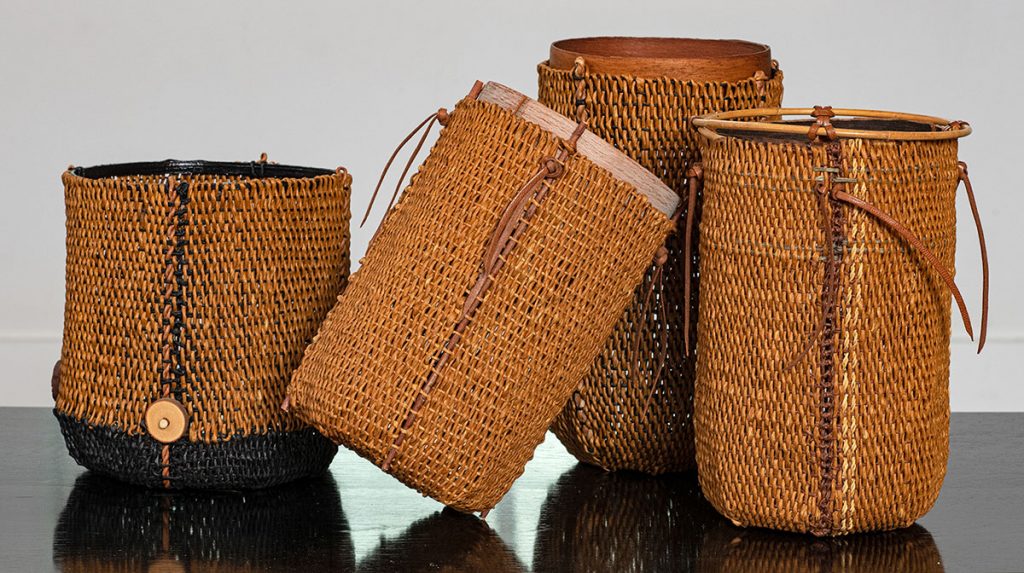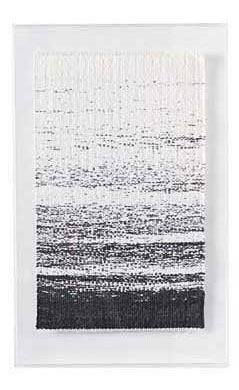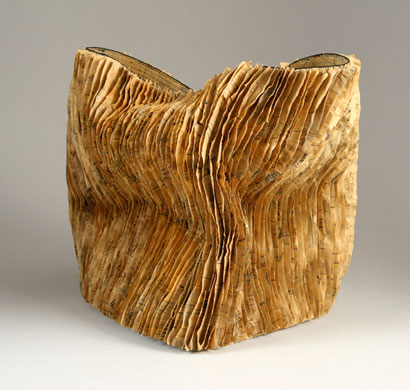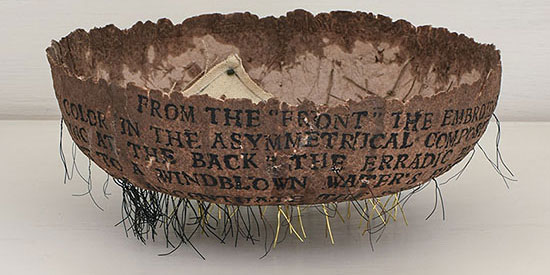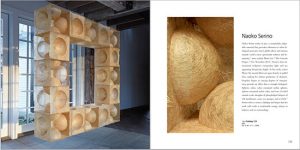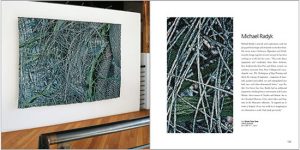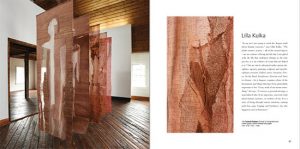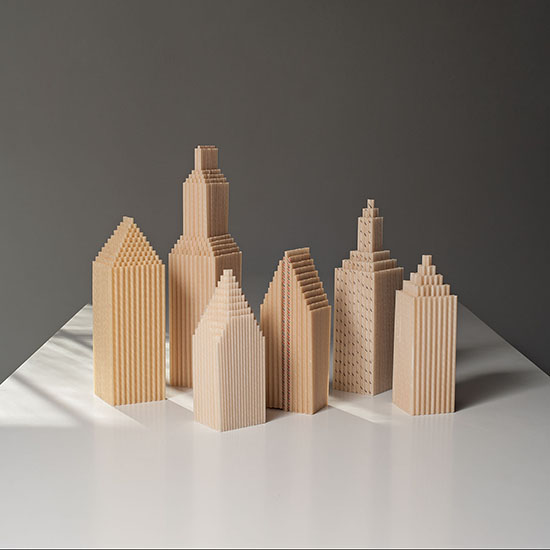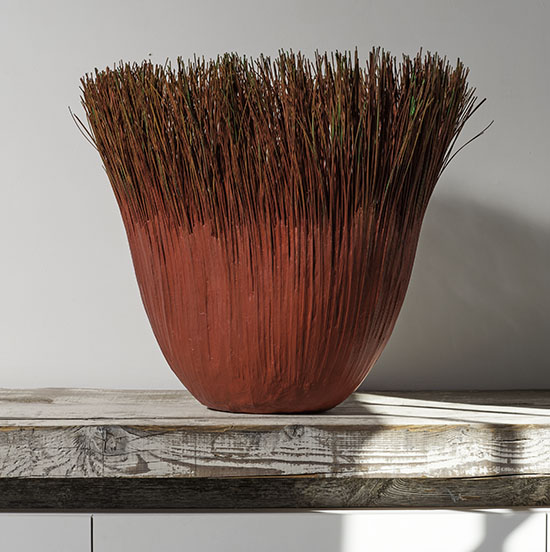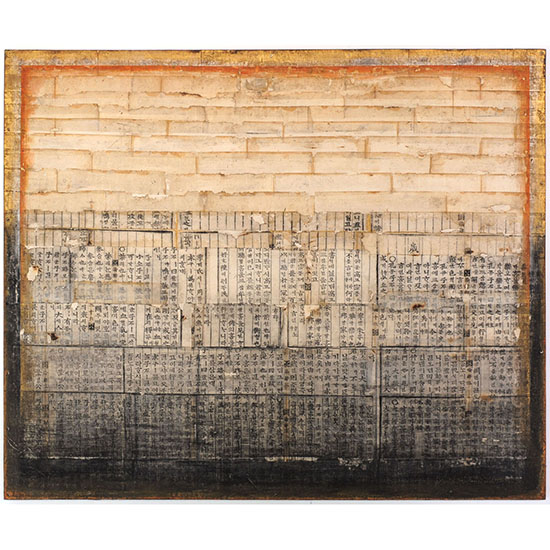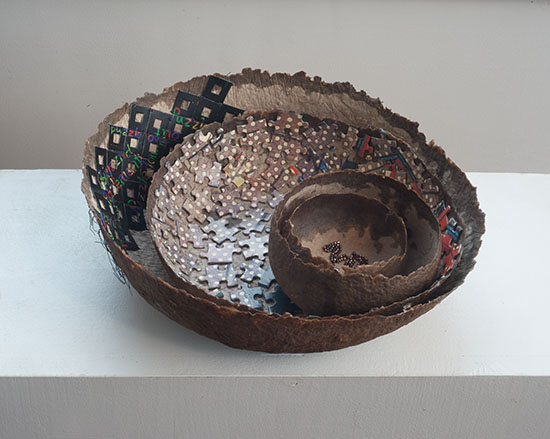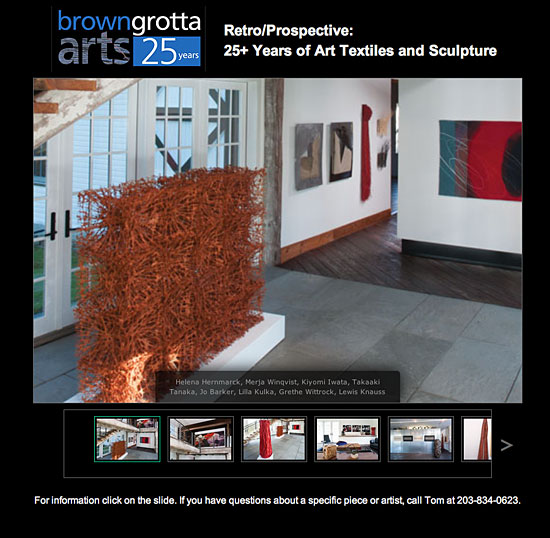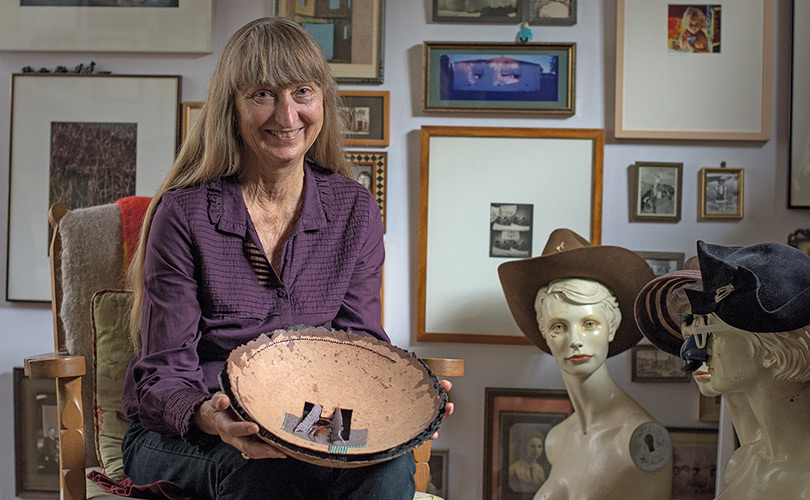
We were so sorry to learn of the passing of artist Sylvia Seventy who began her exploration of innovative techniques in papermaking in the 70s. She was a member of Northern California’s prestigious Fiberworks community, then moved to Healdsburg, California in 1973, where she taught at Becoming Independent in Berkeley and worked as a professor in the Fine Arts Department at Santa Rosa Junior College in Santa Rosa.
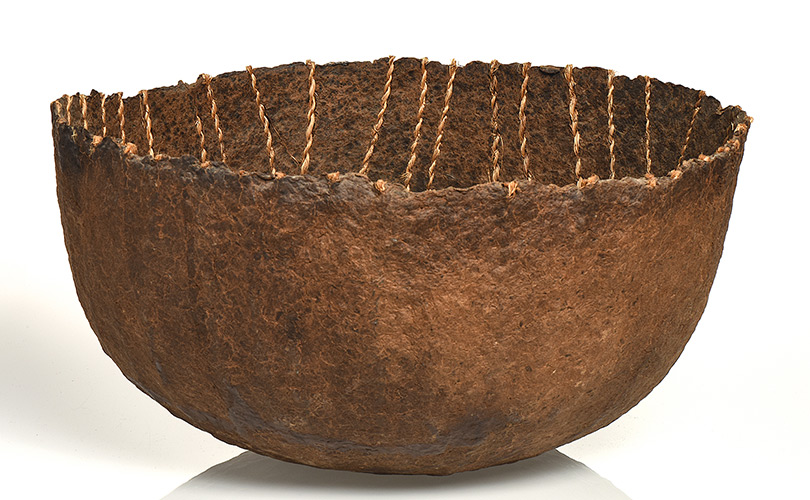
For browngrotta arts’ catalog, Stimulus: art and its inception, Seventy wrote in 2011 about her relationship to papermaking. “Paper has long been an inspiration for me,” she wrote. “Paper dolls, paper Christmas tree ornaments, scrap books, pen pal letters, stamp collecting, jigsaw puzzles, photo albums, paper snowflakes,forts made of cardboard boxes and rolling head-over-toes in giant cardboard cylindrical containers down the length of the 40-foot driveway slope to crash-stop into the garage door, are all early memories of paper becoming an essence in my life.”
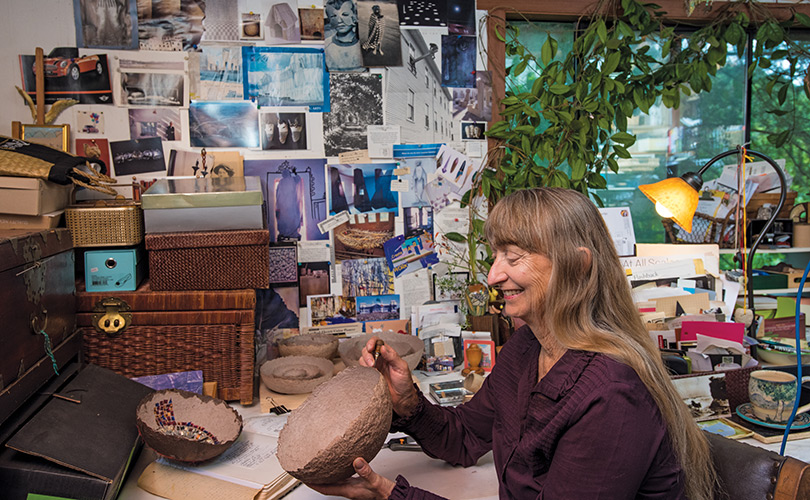
In 1973, when she moved north from southern California to Healdsburg, she discovered the Pomo Indian culture. She wrote of that discovery in 2012, “In my first basketry class at the local ‘Indian School,’ Mabel McKay, instructor and tribal leader, asked me if I had an awl. She showed me hers, passed down for generations. I returned to the next class with an altered antique screwdriver I turned on a grinder and then finely sanded into a very authentic awl. She was impressed, and I saw my artistic path continuing ahead of me. I still use my awl as I assemble my vessels.”
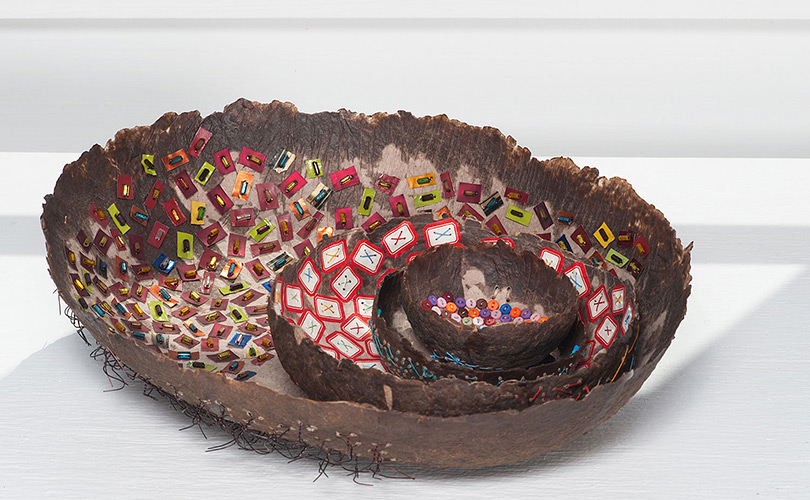
Seventy’s vessels were created over molds, earthy bowl shapes, embedded with bamboo, cotton cord and sisal. “When I started making my vessels, it soon became evident to me that the universal shape of what appeared to be an ancient pottery bowl was an approachable path for the viewer. With or without an art background, my bowls allowed people to let their guard down and be drawn into the complexity of the art vessel, its intricate interior and conceptual allusion.”
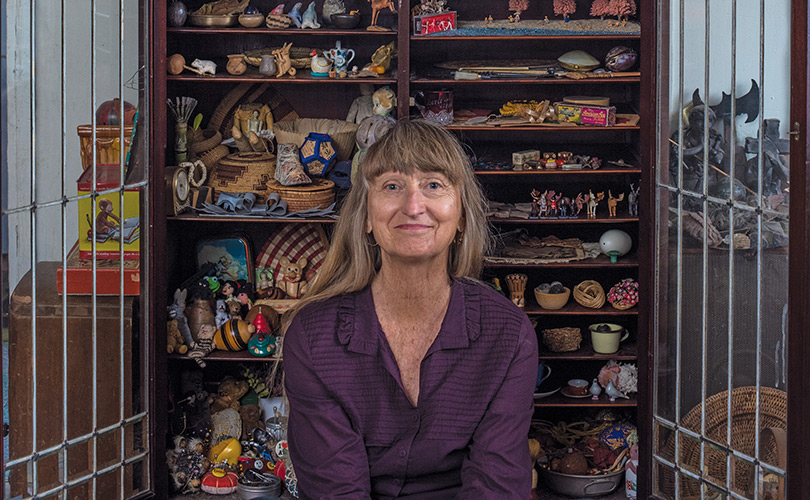
From a distance, Seventy’s works look like ceramic or stoneware. On closer inspection, their fragility is evident. Her vessels feature an accretion of items: compositions of beads, feathers, fishhooks, googly eyes, hand prints, and buttons. The walls of Seventy’s vessels contain a record number of processes, that not only mark change, but tracings of time. Her work is found in major museum collections including the Musuem of Arts and Design in New York, Erie Art Museum, Pennsylvania, Renwick Gallery, Smithsonian American Art Museum, Washington, D.C., Charles A. Wustum Museum of Fine Arts, Racine, Wisconsin, Oakland Museum, California, Arkansas Decorative Arts Center, Little Rock, and the Redding Art Museum, California.
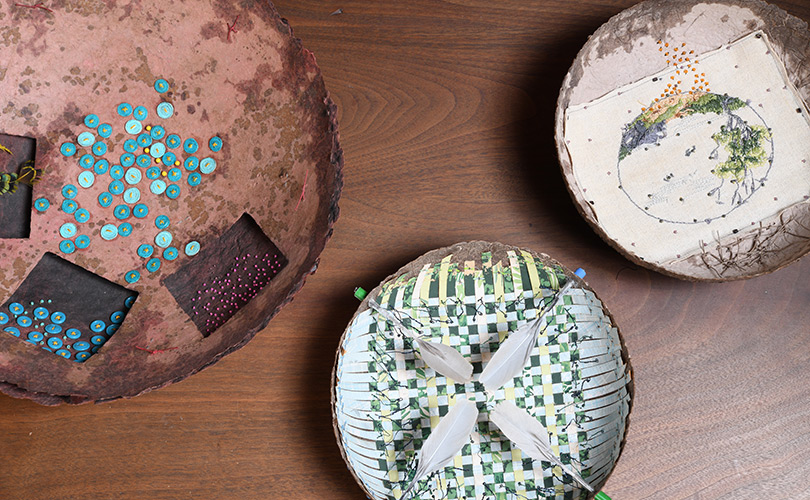
Seventy’s home/studio was a fascinating collection of cultures and curiosities. It reflected her interests and held items that influenced her work. Tom and Carter Grotta were delighted to visit her and document her surroundings in 2017.

